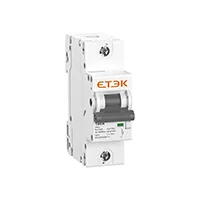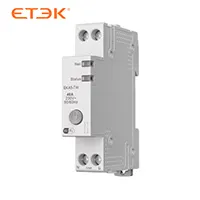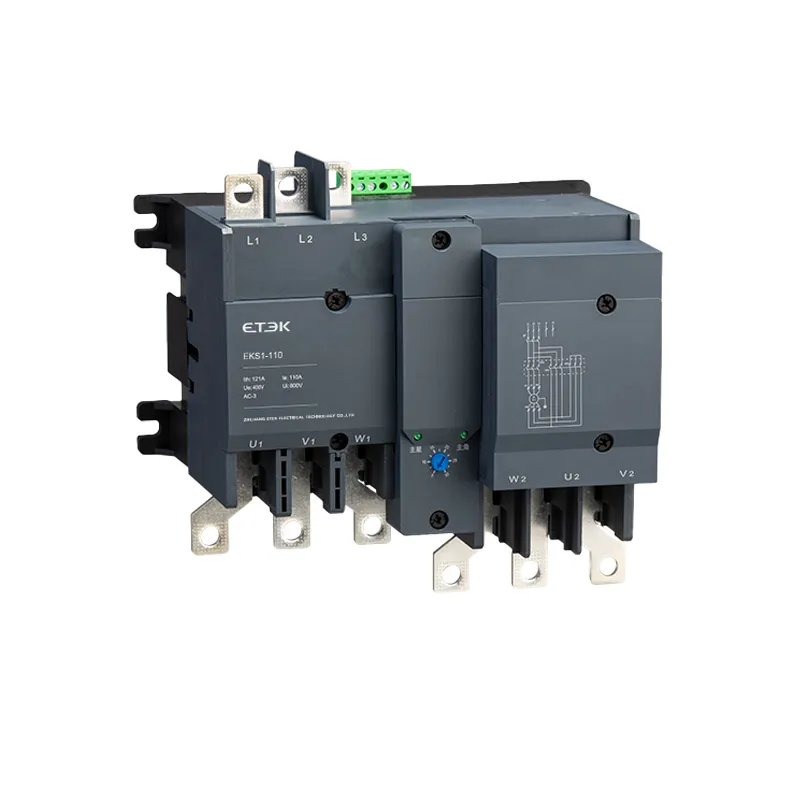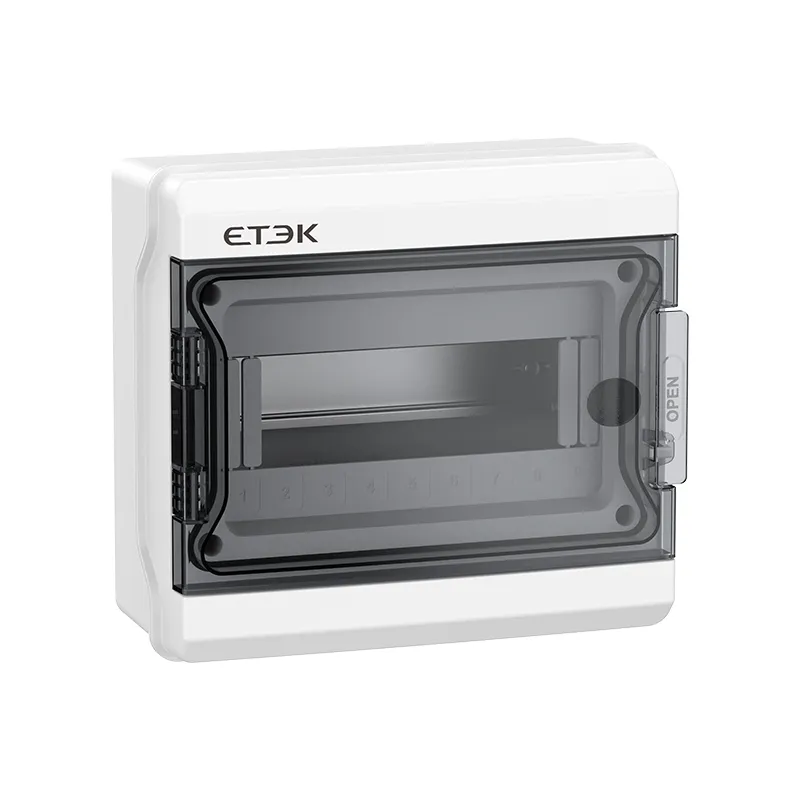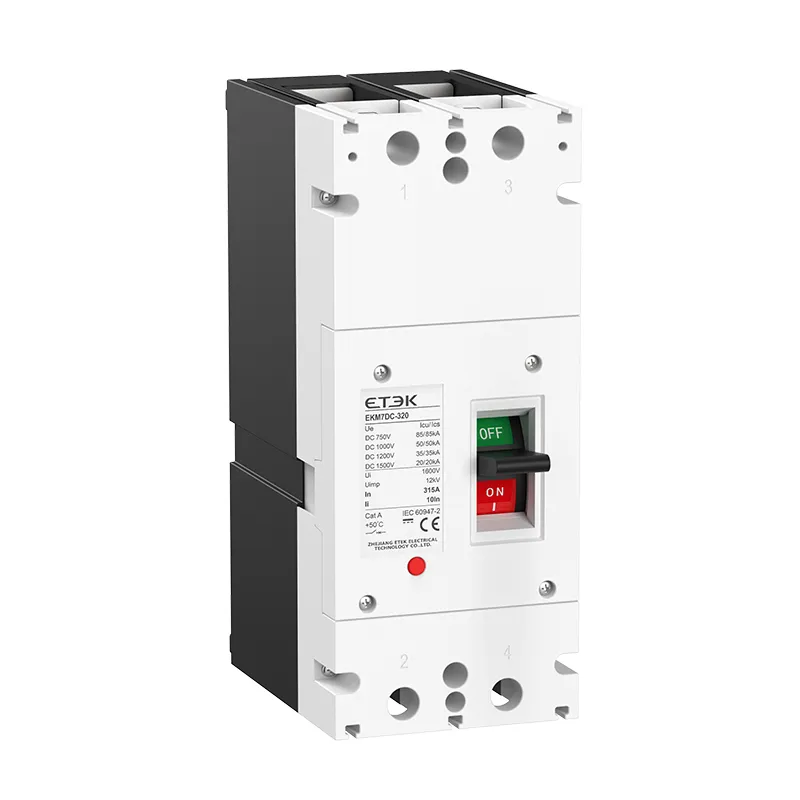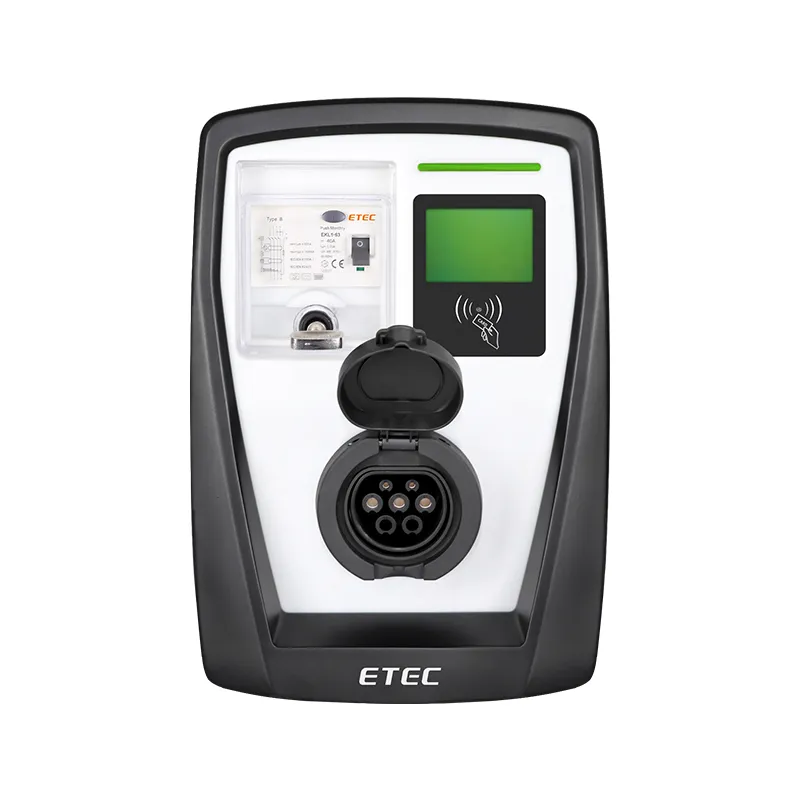How to test a contactor?
A contactor is an electrical device used to control the on-off of current and is widely used in various electrical control systems. If you have doubts about whether the contactor you are using is damaged, you can check it by referring to the following test methods.
What are the test methods for testing the contactor?
1. Disconnect the power
Note that the power of the contactor must be turned off before starting to test the contactor to avoid electric shock or damage.
2. Visual inspection
Visually inspect the contacts for signs of breakage such as charring, melting, deformation, cracks, loose connections, or excessive wear.
If the above situation occurs, please replace the contactor in time.
3. Check working status
We can use the power supply and the switch to detect the working state of the contactor. Add the power supply and the switch to the circuit of the contactor, and observe whether the contactor can work normally by turning on and off the switch.
4. Check the coil
Use a multimeter to check coil resistance.
Set the multimeter to the appropriate resistance setting and measure the resistance between the coil terminals. Compare the readings to the manufacturer's specifications. If the difference in resistance is too large, the coil may be faulty.
5. Test contacts
(1) First check the main power contacts.
With power off, place one multimeter probe on one contact and the other probe on the other contact.
(2) Observe the readings
Observe the change of the resistance value of the multimeter. If the resistance value is close to zero or very low, it means that there is conduction between the contacts and the contactor is in a closed state. If the resistance value is infinite or very high, it means that there is no conduction between the contacts. The contactor is open.
6. Test the auxiliary contacts
If your contactor has auxiliary contacts, test them the same way as the main power contacts.
Notice:
Always refer to the manufacturer's instructions and safety precautions when conducting contactor testing, and must be strictly followed.
If you are not sure about the operation process, it is best to ask professionals for inspection and maintenance.



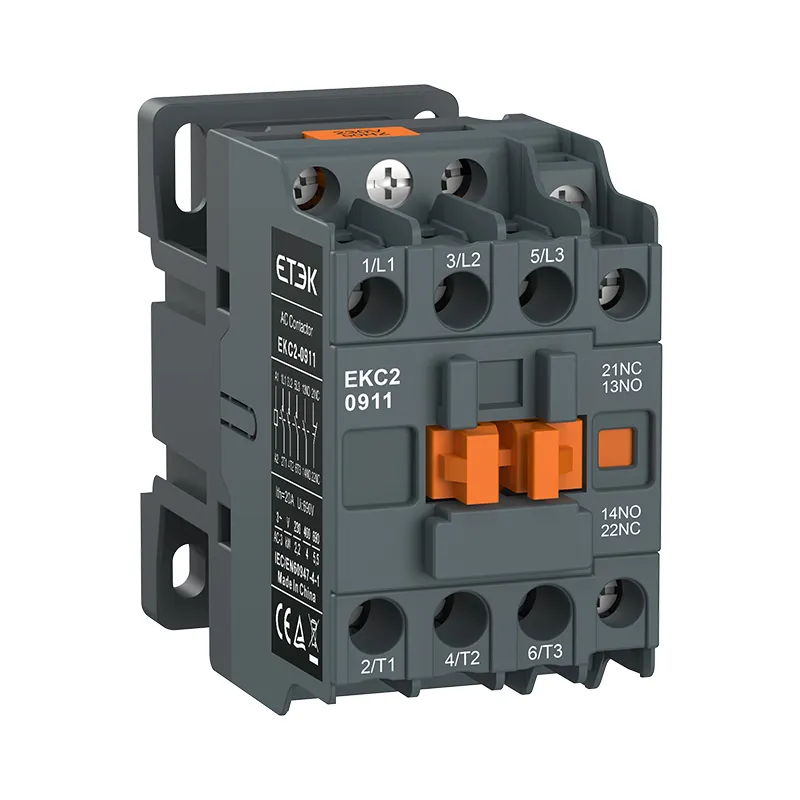
.webp)

